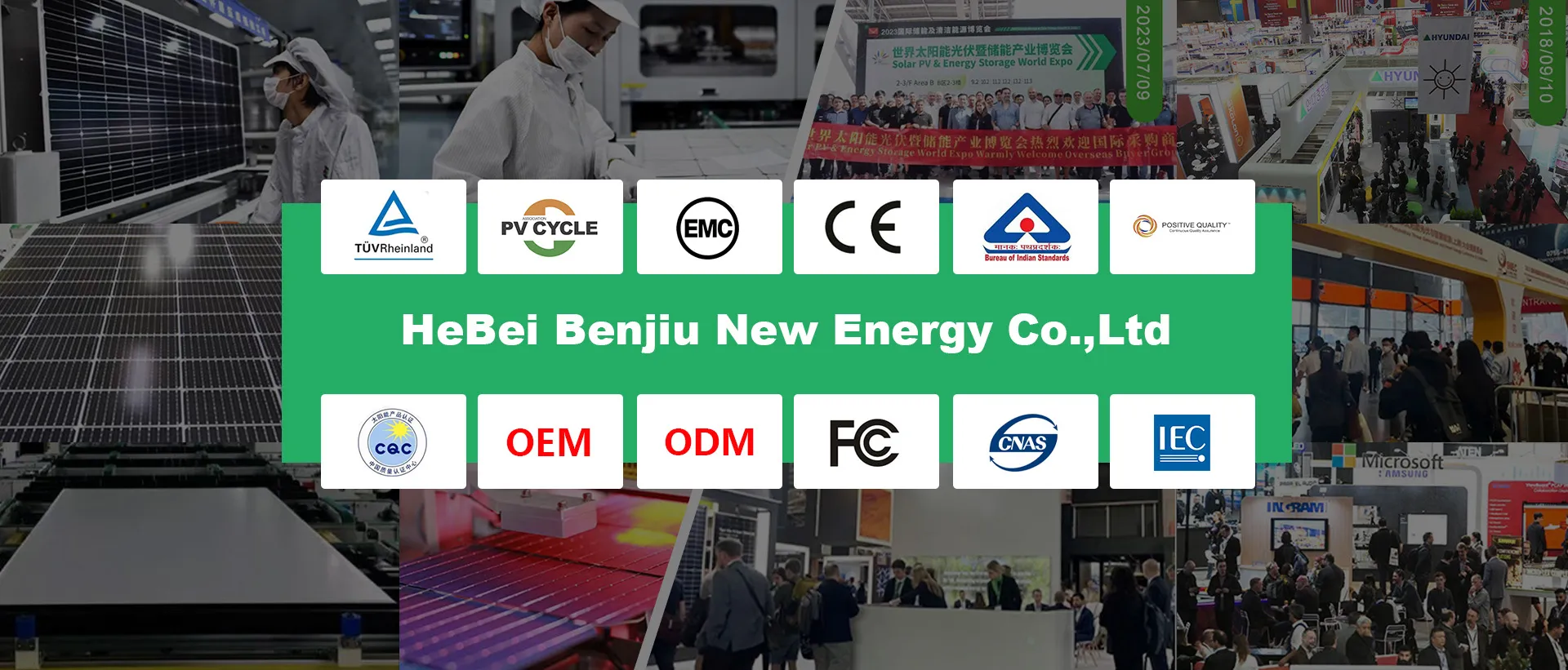invertor on grid 10 kw
Understanding the 10 kW On-Grid Inverter A Comprehensive Overview
In the realm of renewable energy, particularly solar power, inverters play a pivotal role in converting direct current (DC) generated by solar panels into alternating current (AC), which can be utilized by household appliances or fed back into the grid. Among the various types of inverters available, the 10 kW on-grid inverter has emerged as a popular choice for residential and small commercial applications. This article aims to delve deeper into the features, benefits, and considerations associated with 10 kW on-grid inverters.
A 10 kW on-grid inverter is typically used with a solar photovoltaic (PV) system, which consists of solar panels, a mounting system, and the inverter itself. This system is designed to connect directly to the utility grid, allowing homeowners to utilize solar power during the day while drawing on the grid at night or during periods of low sunlight. One of the primary benefits of this setup is the potential for significant energy cost savings, as users can offset their electricity consumption with the energy produced by their solar panels.
Efficiency and Performance
Most modern 10 kW on-grid inverters boast high efficiency ratings, often exceeding 95%. This high efficiency is crucial, as it ensures that the maximum amount of solar energy is converted into usable electricity. Furthermore, these inverters are equipped with advanced technologies, such as Maximum Power Point Tracking (MPPT), which optimizes the energy output even under varying weather conditions. This adaptability allows the solar system to function efficiently throughout the day, regardless of fluctuations in sunlight intensity.
Grid Connection and Benefits
invertor on grid 10 kw

Connecting to the grid has multiple advantages. First, it allows homeowners to sell excess energy back to the utility company through net metering. This arrangement can lead to additional income and further reduce energy costs. Second, in the event of insufficient solar generation, homeowners can seamlessly draw electricity from the grid, ensuring a reliable power supply. However, it is essential to note that during a power outage, most 10 kW on-grid inverters automatically disconnect from the grid for safety reasons, preventing backfeeding, which could endanger utility workers.
Installation Considerations
When installing a 10 kW on-grid inverter, several factors must be taken into account. The size and orientation of the solar panel array, local weather conditions, and the specific energy needs of the household are all crucial considerations. Additionally, proper installation requires adherence to local regulations and standards, ensuring a safe and efficient setup. Collaborating with a professional solar installer can facilitate this process and provide valuable guidance.
Conclusion
In summary, the 10 kW on-grid inverter represents a practical and efficient option for those looking to harness solar energy. With its ability to convert solar power into electricity that can be used in homes or fed back to the grid, it offers numerous benefits, including cost savings, energy independence, and environmental sustainability. As the demand for renewable energy continues to rise, understanding and effectively utilizing these inverters will be essential for maximizing the potential of solar energy systems. Investing in a high-quality 10 kW on-grid inverter can pave the way for a greener and more energy-efficient future.
-
Unlocking Energy Freedom with the Off Grid Solar InverterNewsJun.06,2025
-
Unlock More Solar Power with a High-Efficiency Bifacial Solar PanelNewsJun.06,2025
-
Power Your Future with High-Efficiency Monocrystalline Solar PanelsNewsJun.06,2025
-
Next-Gen Solar Power Starts with Micro Solar InvertersNewsJun.06,2025
-
Harnessing Peak Efficiency with the On Grid Solar InverterNewsJun.06,2025
-
Discover Unmatched Efficiency with the Latest String Solar InverterNewsJun.06,2025







